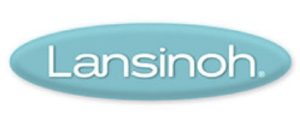Breast Pumps
Accurate Medical Supply has you and your baby covered. Contact us or stop by one of our locations to have any of your breast pumping questions answered and find the right solution for your needs.
Contact US
Accurate Medical Supply has you and your baby covered. Contact us or stop by one of our locations to have any of your breast pumping questions answered and find the right solution for your needs.
Contact US
These features are important for anyone who is planning to pump regularly.
Electric pumps are far more efficient than manual pumps, which require constant hand pumping to express milk.
Adjusting the suction is important for the mother’s comfort, while adjusting speed is important to simulate the release of milk.
A double pump allows a mother to empty both breasts at one time, while a single breast pump will obviously take twice as long.
Different brands offer different parts and accessories. A customer who plans to pump in the car, for example, will need a pump with a battery or car adaptor option.
Some pumps are highly portable, but require a mom to sit still while pumping, others allow her to remain fully mobile while expressing milk.

(For Healthy Term Babies)
Open system pumps do not have a barrier between the parts where the milk is collected and the pump’s tubing and motor. Over time, small amounts of milk can be sucked into the tubing and even reach the pump’s motor. This makes it possible for mold, viruses and bacteria to breed and potentially contaminate breastmilk. Thoroughly cleaning the pump by removing the faceplate and regularly sterilizing the tubing can help prevent harmful substances from building up in open system pumps.

Closed system breast pumps have a barrier preventing any milk from getting into the pump’s tubing or motor. For this reason they are thought to be more hygienic and require less maintenance to keep clean.


Understanding what goes into cleaning a breast pump will prepare you to help customers select the products they need to make the routine as easy as possible. Because proper sanitizing is essential for keeping baby safe, new moms should consult their owner’s manuals regarding cleaning instructions.
This is a demo store for testing purposes — no orders shall be fulfilled. Dismiss